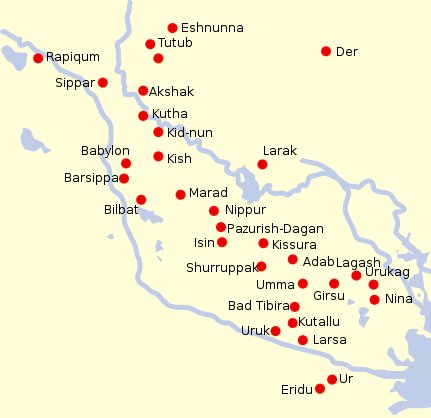Metoro has told us there was a pair of tired moko (exhausted, moe) in January 5-6:
To my mind comes how Rigi was exhausted from lifting the upper half-shell very high: ... Old-Spider then took the snail, placed it in the west of the shell, and made it into the moon. Then there was a little light, which allowed Old-Spider to see a big worm. At her request he opened the shell a little wider, and from the body of the worm flowed a salted sweat which collected in the lower half-shell and became the sea. Then he raised the upper half-shell very high, and it became the sky. Rigi, the worm, exhausted by this great effort, then died. Old-Spider then made the sun from the second snail, and placed it beside the lower half-shell, which became the earth. In the southern hemisphere the highest sky roof occurs late in December. The 'worm' (Rigi) first opened the shell a little and from this labour flowed his salted sweat which became the sea. First came the Sea and then he raised the sky roof very high. The Sea could have referred to that part of the sky which came beyond Nunki (Land's End): ... This [σ] has been identified with Nunki of the Euphratean Tablet of the Thirty Stars, the Star of the Proclamation of the Sea, this Sea being the quarter occupied by Aquarius, Capricornus, Delphinus, Pisces, and Pisces Australis. It is the same space in the sky that Aratos designated as Water ...
... Eridhu, or Eri-duga, the Holy City, Nunki, or Nunpe, one of the oldest cities in the world, even in ancient Babylonia, was that kingdom's flourishing port on the Persian Gulf, but, by the enchroachments of the delta, its site is now one hundred miles inland. In its vicinity the Babylonias located their sacred Tree of Life.
January 3 is Gregorian day 368 and this number equals 8 * 46. The Old Spider surely must have had 8 legs. Before anything else She was there and also her Net of coordinates:
... A very detailed myth comes from the island of Nauru. In the beginning there was nothing but the sea, and above soared the Old-Spider. One day the Old-Spider found a giant clam, took it up, and tried to find if this object had any opening, but could find none. She tapped on it, and as it sounded hollow, she decided it was empty. By repeating a charm, she opened the two shells and slipped inside. She could see nothing, because the sun and the moon did not then exist; and then, she could not stand up because there was not enough room in the shellfish. Constantly hunting about she at last found a snail. To endow it with power she placed it under her arm, lay down and slept for three days. Then she let it free, and still hunting about she found another snail bigger than the first one, and treated it in the same way. Then she said to the first snail: 'Can you open this room a little, so that we can sit down?' The snail said it could, and opened the shell a little ... From the Tahua text we can deduce 46 = 20 + 26 and these numbers ought to refer to the 1st 'snail' (Moon) respectively to the 2nd 'snail' (Sun):
| ||||||||||||||||||||||||||||||||||||||||||||||||||||||||||||||||||||||||||||||||||




